One wrong step, one wrong step! The Warriors boss has been in a big head lately, and all the Warriors 6 confused operations are included
5:38pm, 21 July 2025Basketball
While the Western powers sharpened their swords in the free market, the Golden State Warriors fell deeper and deeper in the quagmire. Since the loss of Durant in 2019, this former dynasty team has fallen into a vicious cycle of management's decision-making mistakes. A series of seemingly accidental operational mistakes actually exposed the team's huge flaws in strategic planning, talent assessment and interpersonal relationship processing. Today's Warriors are not only facing a huge decline in competitiveness, but will also lose the core foundation of future reconstruction - all of this comes from the management's fatal decisions of "one step wrong, one step wrong".
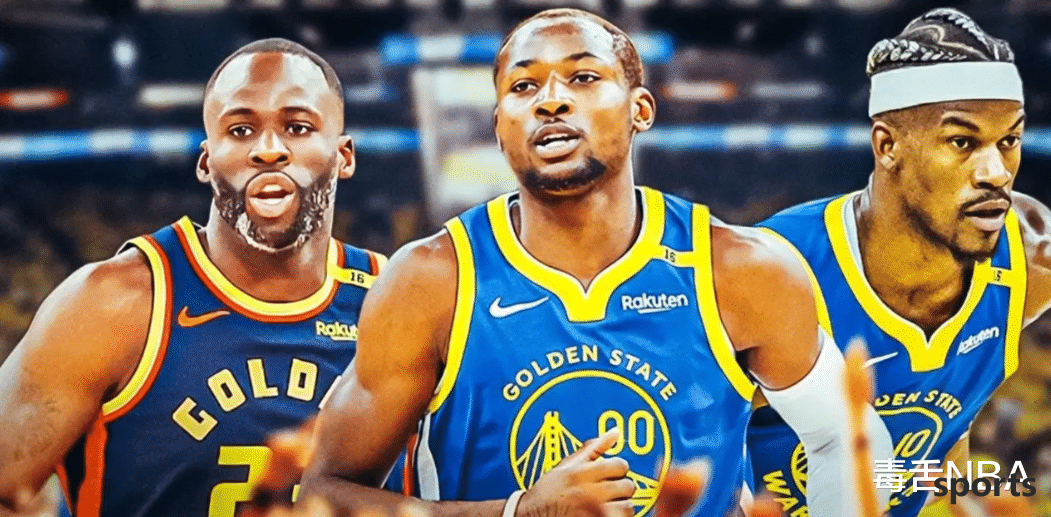
1. The starting point of the collapse of the dynasty: The crisis of trust behind Durant's departure
The 2019 final injury wave should not have become the fuse for the end of the Warriors dynasty, but the indecisiveness of the management pushed open the gate of destruction with his own hands. When Zhu Meng Green yelled in the game "We are the champions before you come", the team should have decisively intervened to mediate the conflicts between the core players, but the management chose the "and the "missing" approach. This indulgence attitude not only made Durant feel irresistible, but also made the team's chemical reaction difficult to bridge.
What's more fatal is the contract renewal negotiations after Durant's Achilles tendon rupture. At that time, the Warriors held the player options, but they repeatedly hesitated on the issue of maximum salary renewal. The attempt to lower the price completely disappointed the FMVP of the Finals. The Nets took the opportunity to sell a four-year maximum salary contract of 164 million yuan. Durant's departure instantly made the Warriors lose the most reliable offensive point. In order to make up for the loss, the team used the signing first and then to get Russell, but ignored his position conflict with Curry - the defender, who averaged 23 points per game, was not adapted to the Warriors system and was rushed away after half a season, only for Wiggins and a second round pick. The short-sightedness of the Warriors management at the time was that they underestimated Durant's adaptability to the team system. This decision-making mistake laid the groundwork for the subsequent chain reaction.
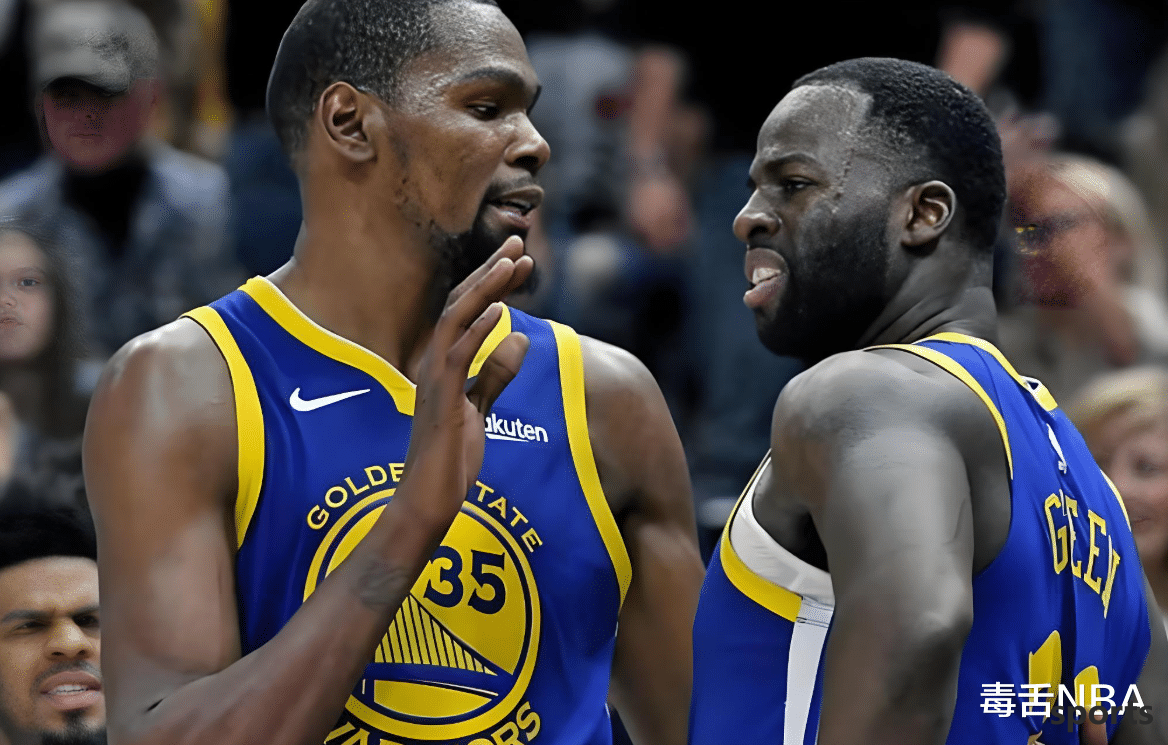
2. Collective blindness of draft vision: the cost of missing the future
After losing the competitiveness of the championship, draft should have become an important way for the Warriors to rebuild, but the management's draft vision has successively experienced fatal deviations. In the 2020 draft, the Warriors held the second pick but chose Wiseman, who was nicknamed "Big Smart" by fans. This decision now seems to be a disaster. Wiseman is not only worried about football, but also lacks the ability to adapt to the NBA rhythm. He averages only 9.9 points and 5.5 rebounds per game in three seasons. His frequent injuries have made him less than 50%.
What is even more regrettable is that among the players selected after Wiseman, Halliburton has grown into an All-Star point guard with an average of 25+10 per game, Wassel has become the core wing of the Spurs, and Bain is the top scorer of the Grizzlies - these three players have now signed maximum salary contracts, and Wiseman has long become a marginal player. In the 2021 draft, the Warriors once again selected Kumingga in the seventh pick, but missed young inside players such as Wagner Jr. and Shin Kyung with great potential.
Although Kumingga has a strong physical talent, his flaws in the ball quotient and insufficient defensive awareness have always restricted his development. Four seasons have passed, and he has not mastered the essence of the Warriors system and has made mistakes repeatedly at critical moments in the playoffs. Missing high-quality rookies for two consecutive years made the Warriors miss the best window to rebuild through the draft, and also put the team in an embarrassing situation of "neither the present nor the future". As former Warriors assistant coach Bruce Fraser said: "When we evaluate young players, we always pay too much attention to physical talent, but ignore the more important traits of basketball IQ and adaptability. "
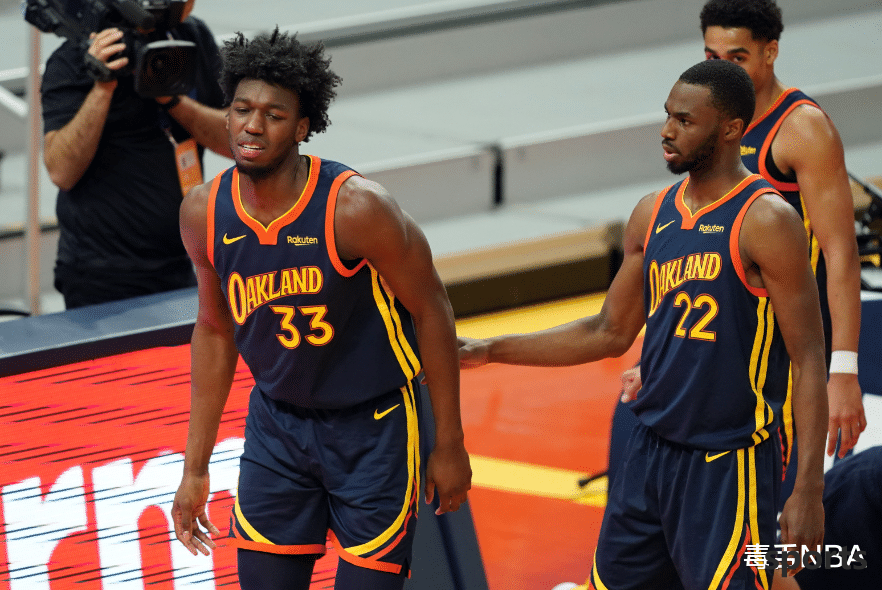
3. Premium contracts and invalid transactions: The collapse of salary structure
The chaos in contract handling of the Warriors management further exacerbated the team's dilemma. After winning the championship in 2022, the team renewed Poole's contract for 128 million yuan for 4 years, which caused controversy at the time. Although Poole showed scoring potential, his defensive loopholes were obvious and lacked stability at critical moments. What's even more fatal is that this contract directly led to an imbalance of salary within the team - When Zhu Meng Green boxed Poole in training, the management's handling method once again exposed the problem: they did not trade Green decisively, but chose to sacrifice Poole.
In the summer of 2023, the Warriors packed Poole, Rollins and the first round picks protected by the 20-year-old Paul in exchange for 38-year-old Paul. This deal is incredible: Paul is not only old, but his style of play is incompatible with the Warriors' fast-paced system. He averaged only 8.9 points and 4.9 assists per game as a substitute in the regular season, and missed the key game due to injury in the playoffs. One season later, Paul was bought out and the Warriors lost a young asset.
The contradiction between management when dealing with contract issues is that they want to maintain the competitiveness of the championship, but are unwilling to take the risk of long-term contracts, and eventually fall into the vicious circle of "high-priced role players and low-priced potential new stars". As of 2025, the Warriors ranked first in the league for five consecutive years, but they have never been able to form a reasonable lineup structure. This "spend money as a sucker" operation model has increased the team's financial pressure day by day.
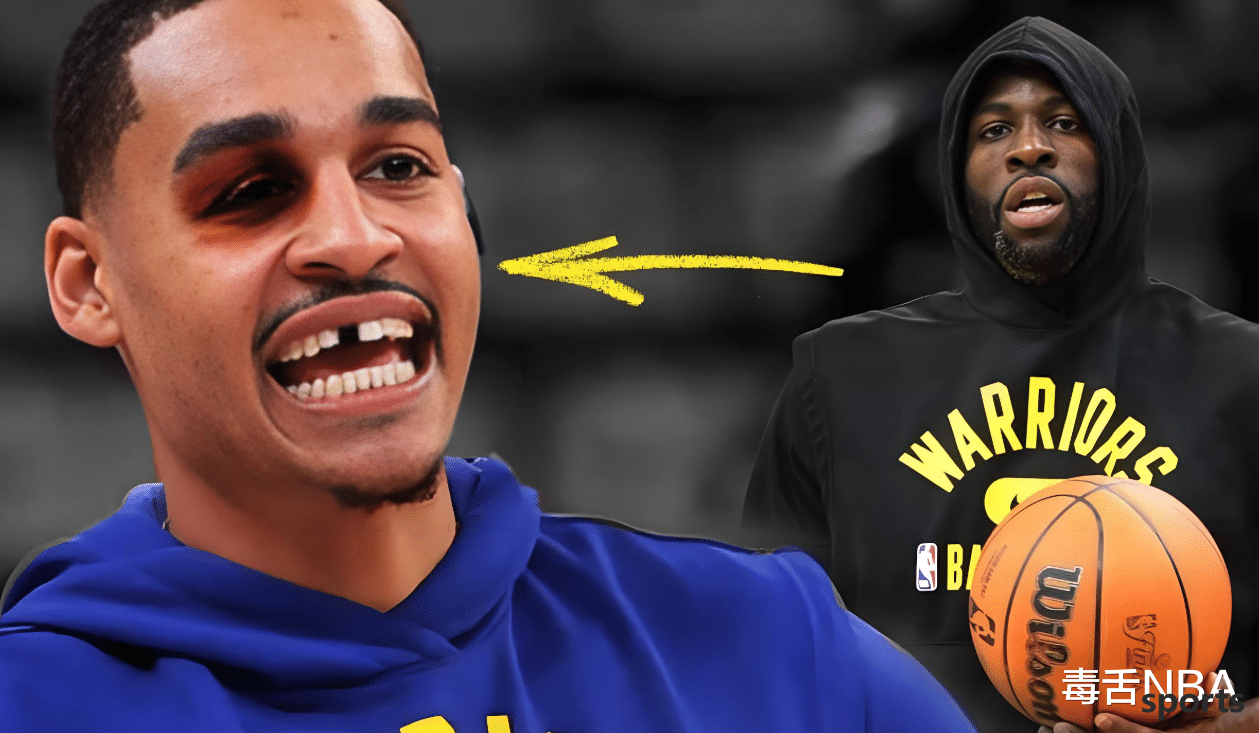
4. The meritorious player Thompson's heartbroken departure
In the weighing of business interests and team emotions, the Warriors' management's choice gradually tear apart the once proud team culture. In the summer of 2024, the team forced Klay Thompson away in an extremely indecent way on the grounds of "linear reorganization" - a meritorious shooter who brought four championships to the Warriors, and eventually joined the Mavericks.
Clay's departure marks the end of the "Splash Brothers" era. One of the greatest shooters in NBA history, he has made 14 three-pointers in a single game and has also miraculously recovered after a ruptured Achilles tendon and torn cruciate ligament. The management's indifference in dealing with its contract issues not only disappoints fans, but also sends a signal to the league that "meritor players are not worth it".
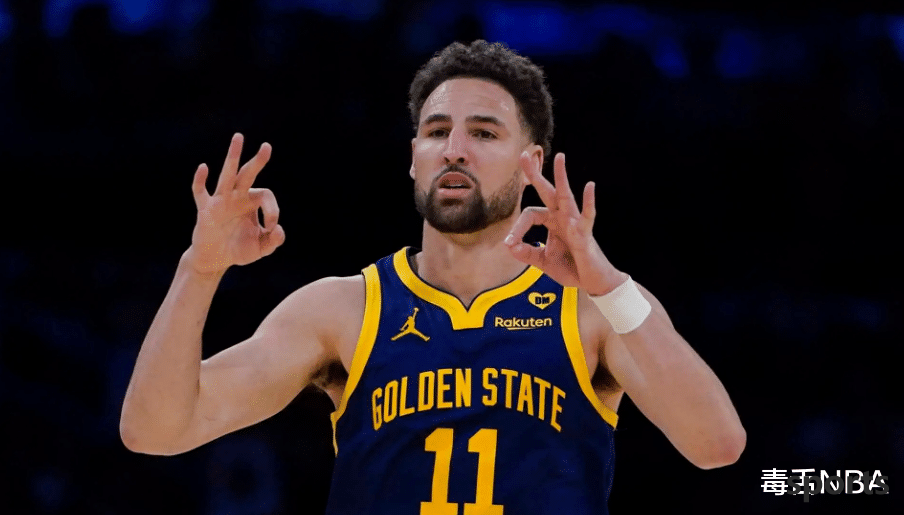
5. The big bet on Butler failed!
In order to calm Curry's emotions, the management was eager to find big-name stars to fill the gap. After Durant clearly refused to join, they signed Butler with a two-year maximum salary contract of 120 million yuan. This contract is a disaster: Butler, 35, averaged 18 points last season, but he earned the third highest annual salary in the league. His offensive dominance declined significantly, and his defensive decline was even more visible. What's even more fatal is that this contract directly locked down the team's salary space, causing the Warriors to lose any operational flexibility in the free market.
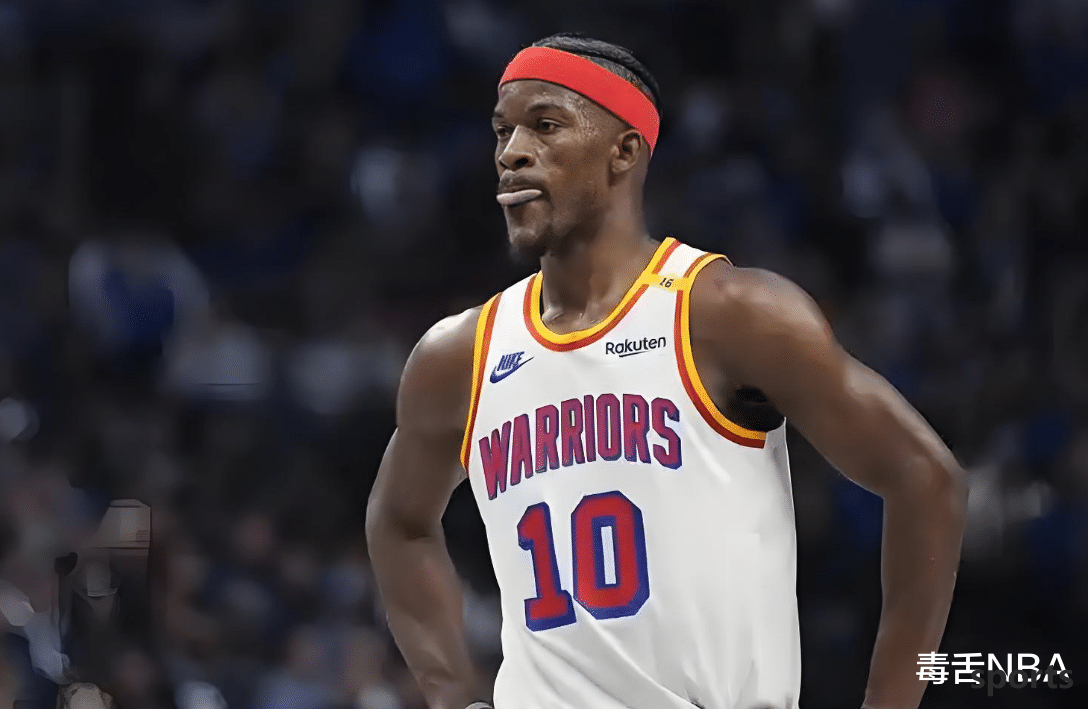
6. The ultimate dilemma of the contract renewal deadlock: The root cause of Kumingga's farce
Butler's sky-high contract eventually triggered Kumingga's contract renewal deadlock. Despite the many flaws, the 22-year-old young forward has shown potential last season’s playoffs, averaging 16.3 points and 5.2 rebounds per game, which made his team believe he deserves an annual salary of 30 million. However, due to the pressure of salary, the Warriors are only willing to provide a quotation of 20 million yuan. The stalemate between the two sides has put the team in a dilemma: if you force yourself to stay for a year, Kumingga may leave as free as the team will get nothing; if you meet the asking price, the total salary will exceed 190 million yuan, and the luxury tax fine will be as high as 120 million yuan, and Kumingga will also find it difficult to take action. The root of this farce is the concentrated outbreak of a series of previous decision-making mistakes by management. If Butler hadn't had a premium contract, if Halliburton had not been missed in the draft, if Poole's contract was more reasonable, the Warriors could have dealt with the Kumingga problem with a more calm attitude. Now, Kumingga has made it clear that he "don't want to go back to the Warriors". Even if the contract renewal is finally reached, the rift of trust between the two sides will be difficult to bridge.
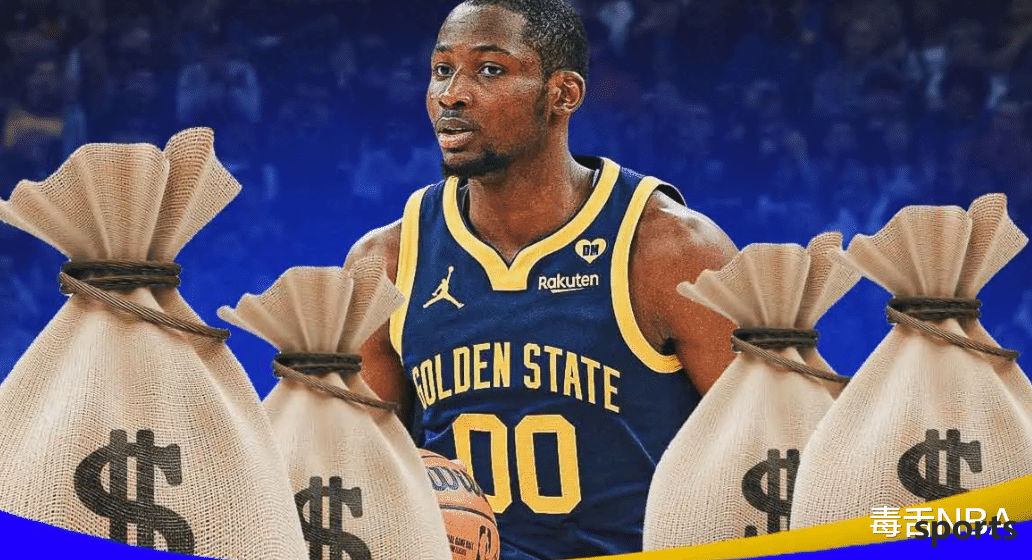
What's more serious is that the Warriors' current core lineup is seriously aging: Curry is 36, Green is 34, Butler is 35, and the average age of the main rotation players is 32.6 years old, ranking first in the league. While the Rockets, Clippers, Nuggets and other teams in the West have improved their competitiveness through younger transformation, the Warriors are moving further and further on the road to aging.
Today's Warriors have not only lost their competitiveness, but also lost the trust of fans and the loyalty of players. For the Warriors, the most urgent task is not to think about how to win the championship, but to rebuild the professional image of the management. They need to face up to past mistakes, clear up unreasonable contracts, re-establish a scientific evaluation system, and more importantly, regain their former team culture. After all, a team that can't even keep meritorious players and even young players don't trust will find it difficult to maintain its competitiveness for a long time even if it accidentally gathers the championship lineup. The story of the Warriors sounded a wake-up call for the entire league: in the NBA business league, every decision made by management may affect the direction of the team in the next five years. One wrong step may really be wrong step by step.
Related Posts
- The Celtics off-season three steps: first deal with the salary of these two people, and then trade!
- Clippers assistant Van Gundy said: O Connor s departure will not affect defense
- Shepard only won one vote, Beverly shows goodwill to the Rockets want to return to the NBA, Stone evaluates Holiday Jr.
- US media rankings the starting strength of each team in the new season: Lakers are tenth, Warriors are seventh, Rockets are only fifth
- Warriors: A review of the first year with #DubNation
- Mazzula: To tap into more potential of Anfernee Simons, this requires the joint efforts of him and the coach
- Trail Blazers: Dallas Weir designed jersey released
- Klingen: Yang Hansen definitely needs to adapt to the rhythm and play of the NBA. I was the same last year
- The Warriors are not interested in the King s offer, they hope to add Mueller and Ellis to the deal
